
Why Effective UAV Awareness Is Needed in Today’s Crowded Airspace
When everyone is now a pilot, every house and neighborhood an airport, and every business an airline, it becomes clear to even the most casual observer that regulations and controls provided by an airspace platform are needed to ensure safe and secure drone and counter-drone operations above our cities.
What are some key factors to be considered by planners and security professionals to ensure public safety and security in this new world of urban air mobility?
To help customers make an informed decision about implementing these systems, consider the following three factors.
Know What Is Happening in the Airspace
The airspace above our critical sites, campuses and cities must be calculated as digitized miles into the sky. Digitizing the airspace means that every cubic meter is constantly monitored to report the location, size, speed and direction of travel of anything entering the airspace.
This real-time information is the first step in providing state and federal departments of transportation, service providers, law enforcement and other pilots in the airspace with accurate situational awareness.
Geofences in the sky, like fences on the ground used to secure locations, must be digitally created to ensure drones are monitored in permissible areas and are forcibly restricted from flying in permanent or temporary no-fly zones.
As geofence areas are crossed, rules engines can notify service providers, government authorities and/or security professionals to pursue a response. Commercial and general aviation pilots already in the airspace must be notified if UAVs are operating outside known, regulated boundaries.
To see everything in the airspace, radar is prioritized by the FAA and NASA as the foremost tool in monitoring airspace. The radar data combined with Remote ID data and other sources such as drone service provider data allows for the “rules of the road” to be regulated and monitored by authorities to enforce safety for the operators and security for our cities.
Radar can see day and night and at long range while maintaining privacy. However, traditional, radar is bulky weighing more than 50 pounds, requiring lots of power and creating harmful emissions. Also, radar is topology challenged, meaning it cannot see around buildings or over hills and valleys.
Radar also is known for seeing lots of false positives, making it hard to distinguish a plane from a random reflection. Traditional radar also has a narrow beam, so it only looks to the perimeter in the distance, not seeing what is directly above.
‘Dark Drones’ Go Undetected by RF Jammers
Securing any client’s location from drone interference means being aware of the various operators behind the device, which are best classified as clueless, careless or criminal. Most criminal or terrorist-operated drones are intentionally flown on a GPS waypoint, thereby eliminating the RF signal entirely, thus there is no RF signal to jam.
These “dark drones” or RF silent drones go undetected and undeterred by jammers and can be created by modifying an off-the-shelf drone in a matter of minutes.
RF-listener antennas are fine for detecting operators using a joystick or downloading video, but these drones do not account for 90% of the risk. The risk is drones with these joysticks turned off, flying on waypoints to fulfill their nefarious mission. It takes three minutes to turn most drones into RF-silent drones and program them to fly on a waypoint mission with no operator.
Highly advanced radar is available to establish a broad awareness of exactly what is in the airspace, without relying on RF signals, identifying UAVs being flown anywhere within an airspace perimeter. This type of visibility can be used to offset the limitations RF-focused solutions rely on by allowing for the ability to “see” dark drones that may otherwise be missed.
For an end-user site, campus or city looking to mitigate 90% of the risk, then a radar with safe kinetic drone mitigation is the necessary solution.
Unmanned Traffic Management, Counter-Drone Worlds Merging
For most organizations, businesses and public spaces, the most easily implemented and most accurate solution for counter-drone efforts is to implement a watching and listening tool. By creating visibility of the airspace above and around a space, security professionals can enable the same level of ground safety created by fences, gates, locks and security personnel, but in the air.
Drones are already used for many noble purposes around certain facilities and among some law enforcement agencies. These drones do the dirty and dangerous jobs to save lives and keep our public servants safe. And much different from those criminal drones discussed previously, these are operated in a cooperative fashion in the airspace to safely perform the certified, regulated and approved tasks they were made for.
Solutions to protect a customer site, facility, campus or city need to be able to see both the cooperative, useful drones mentioned above and the uncooperative drone traffic in the airspace to maintain an effective ecosystem as the use cases for drones continues to grow and infiltrate further industries and parts of our daily lives.


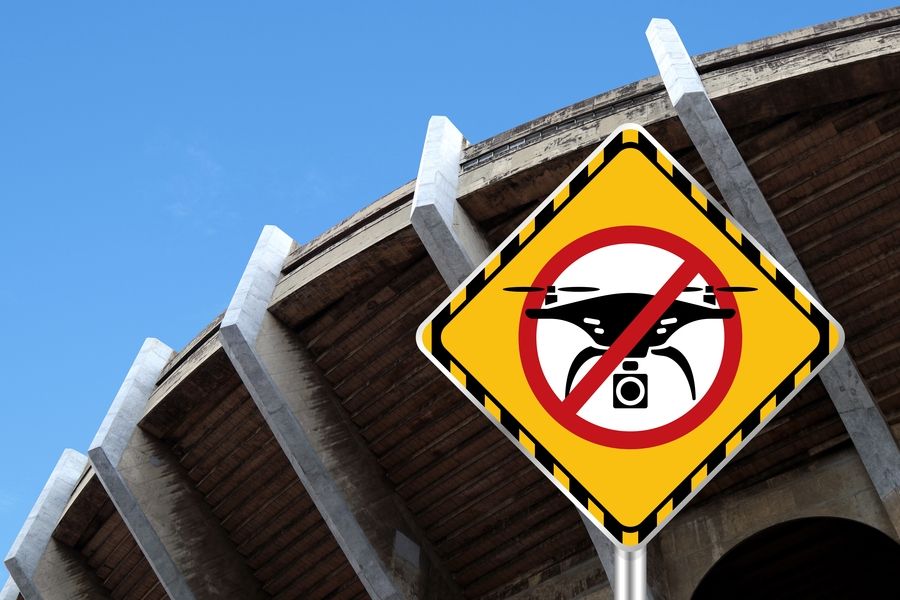

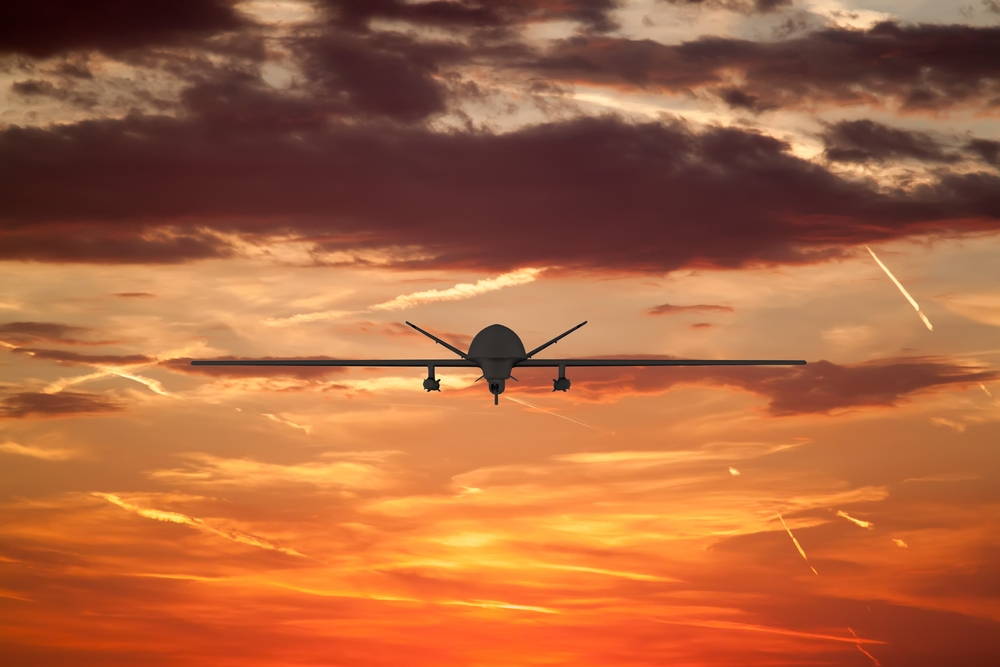

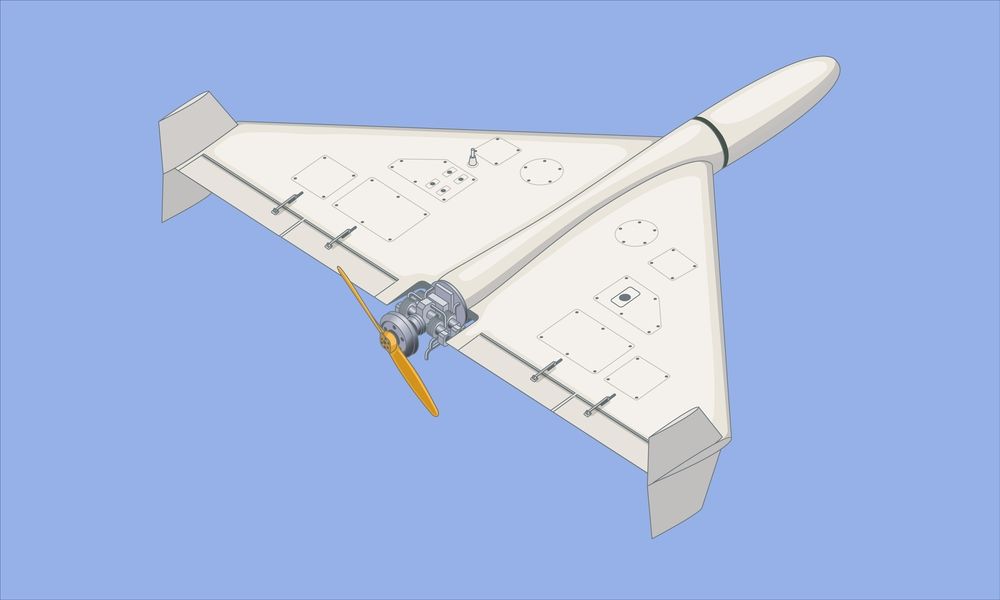
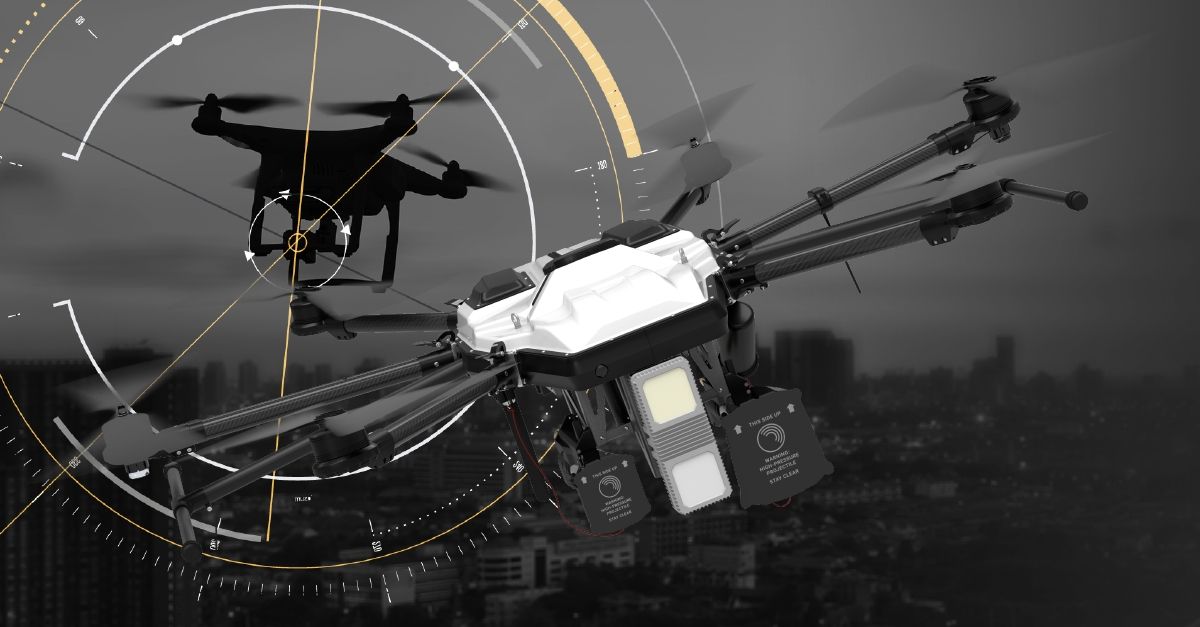
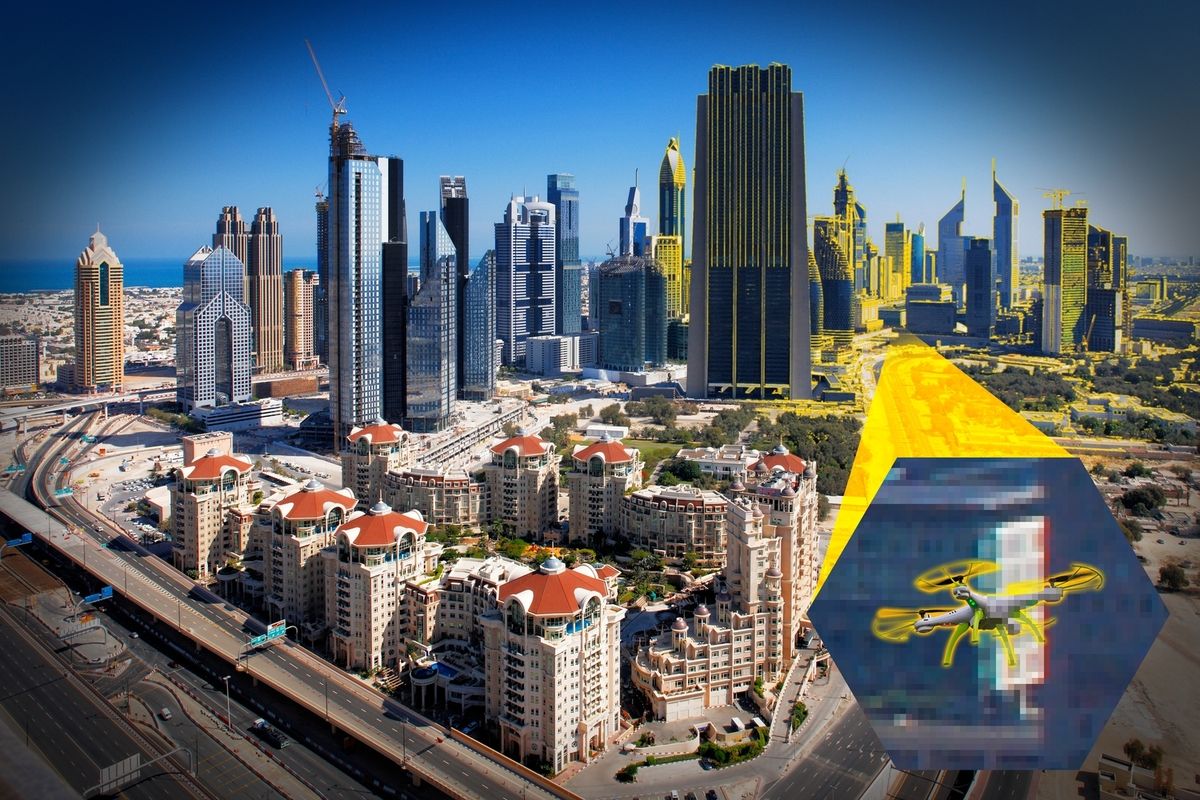
Related posts